Humans
Sign up for our newsletter
We summarize the week's scientific breakthroughs every Thursday.
-
 Health & Medicine
Health & MedicineCOVID-19’s death rate in the U.S. could spike as new cases soar
Effective treatments are one possible reason the mortality rate from COVID-19 fell over the summer. Rising cases could reverse the trend.
-
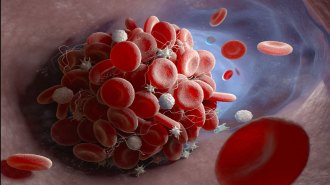 Health & Medicine
Health & MedicineHow COVID-19 may trigger dangerous blood clots
Clots may stem from net-casting immune cells that, instead of fighting a coronavirus infection, capture red blood cells and platelets.
-
 Psychology
Psychology‘Deaths of despair’ are rising. It’s time to define despair
A sense of defeat, not mental ailments, may be derailing the lives of less-educated people in the United States.
By Bruce Bower -
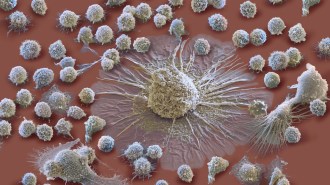 Health & Medicine
Health & MedicineHow two immune system chemicals may trigger COVID-19’s deadly cytokine storms
A study in mice hints at drugs that could be helpful in treating severe coronavirus infections.
-
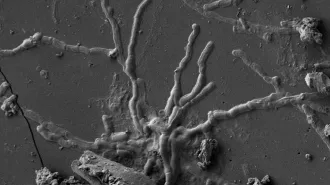 Anthropology
AnthropologyThese human nerve cell tendrils turned to glass nearly 2,000 years ago
Part of a young man’s brain was preserved in A.D. 79 by hot ash from Mount Vesuvius’ eruption.
-
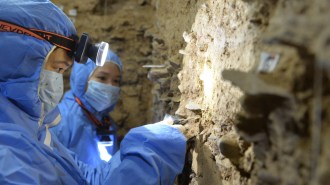 Anthropology
AnthropologyThe first Denisovan DNA outside Siberia unveils a long stint on the roof of the world
Genetic evidence puts Denisovans, humankind’s now-extinct cousins, on the Tibetan Plateau from 100,000 to at least 60,000 years ago.
By Bruce Bower -
 Anthropology
AnthropologyMummified llamas yield new insights into Inca ritual sacrifices
Bound and decorated llamas, found at an Inca site in southern Peru, may have been buried alive as part of events in annexed territories.
By Bruce Bower -
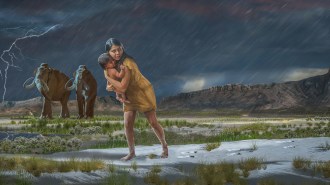 Humans
HumansThe longest trail of fossilized human footprints hints at a risky Ice Age trek
Researchers have discovered the world's longest trail of fossilized human footprints at White Sands National Park, New Mexico.
-
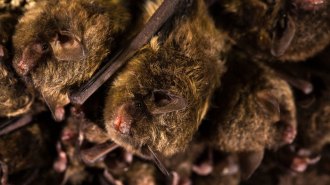 Animals
AnimalsWhy bat scientists are socially distancing from their subjects
Scientists are calling for a “hands-off” approach to research to decrease the chances of spreading the coronavirus to bats in North America.
-
 Health & Medicine
Health & MedicineThe arthritis drug tocilizumab doesn’t appear to help fight COVID-19
The best available evidence so far hasn’t found that the anti-inflammatory drug benefited patients hospitalized with COVID-19.
-
 Anthropology
AnthropologyHomo erectus, not humans, may have invented the barbed bone point
Carved artifacts excavated from Tanzania’s Olduvai Gorge suggest now-extinct hominids made barbed bone points long before humans did, researchers say.
By Bruce Bower -
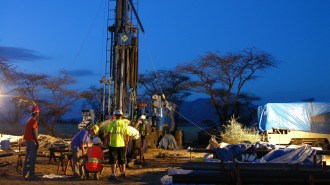 Anthropology
AnthropologyHow environmental changes may have helped make ancient humans more adaptable
An East African sediment core unveils ecological changes underlying a key Stone Age transition.
By Bruce Bower